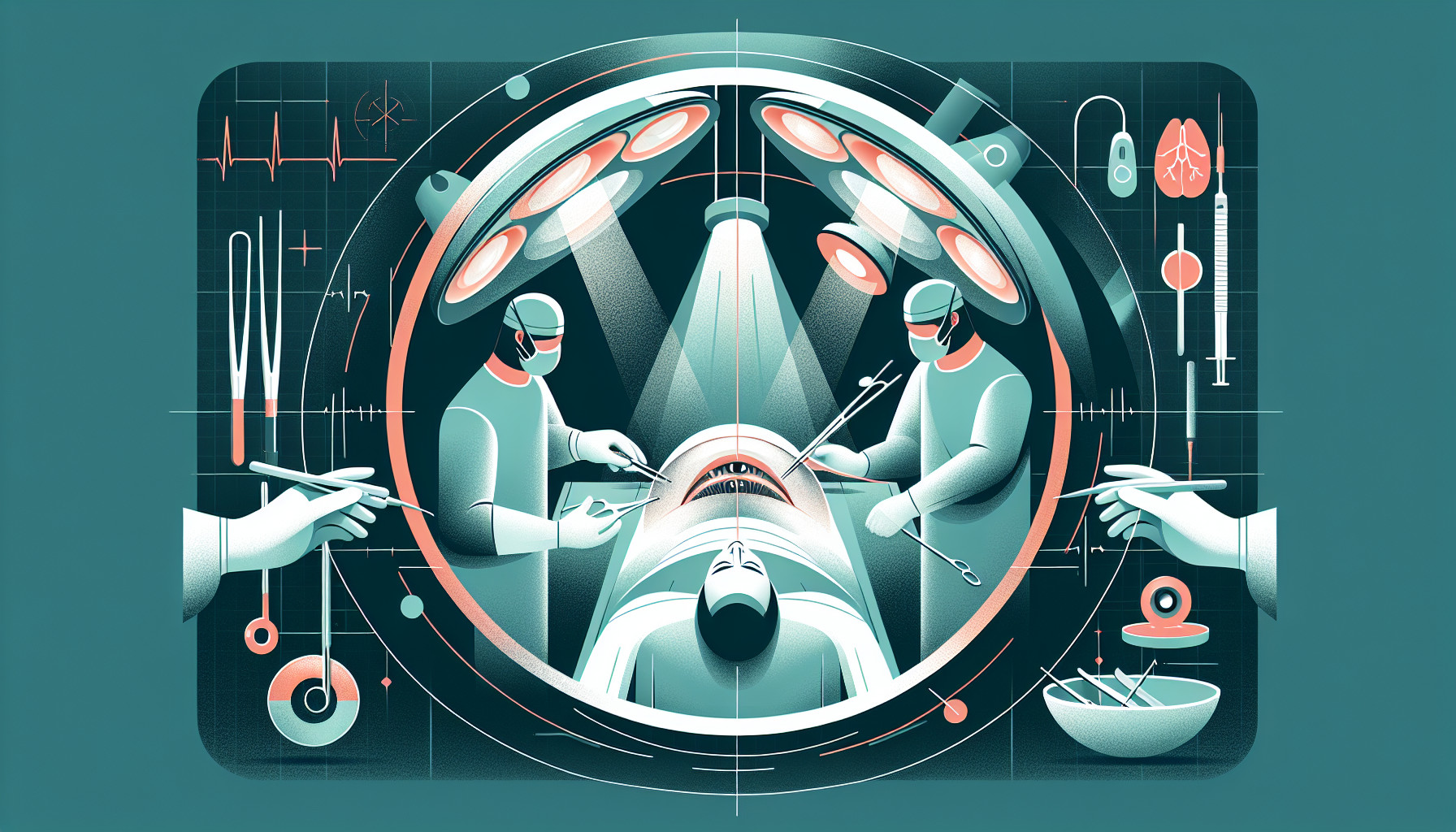Our Summary
This research paper discusses the use of Intraoperative Optical Coherence Tomography (OCT), a new tool that could be helpful during cataract surgery. The article examines various devices that are available for this procedure and how they can be practically used. The potential benefits of this technology are significant, including checking the surgical cuts (incisions), finding any leftover pieces (residual fragments), and making sure a specific part of the eye (Descemet’s membrane) isn’t detached. However, there are some challenges to using this technology. It’s expensive and requires training to use it effectively. Despite these issues, the careful use of this tool could improve the safety and quality of cataract surgery.
FAQs
- What are the potential benefits of using Intraoperative Optical Coherence Tomography (OCT) in cataract surgery?
- What are the practical challenges associated with using intraoperative OCT in cataract surgery?
- How can intraoperative OCT contribute to the safety and quality of cataract surgery?
Doctor’s Tip
A doctor may tell a patient undergoing cataract surgery to follow all pre-operative instructions carefully, including avoiding eating or drinking before the procedure. They may also advise the patient to have someone available to drive them home after the surgery, as their vision may be temporarily blurry. Additionally, the doctor may recommend taking any prescribed eye drops as directed to aid in the healing process and prevent infection.
Suitable For
Cataract surgery is typically recommended for patients who are experiencing symptoms such as blurry vision, difficulty seeing at night, glare or halos around lights, and colors appearing faded. Patients with cataracts that are significantly impacting their daily activities or quality of life may also be recommended for surgery. Additionally, patients with cataracts that are causing other eye conditions, such as glaucoma or macular degeneration, may also be candidates for cataract surgery. Ultimately, the decision to undergo cataract surgery is based on the individual patient’s specific circumstances and the recommendations of their eye care provider.
Timeline
Before cataract surgery:
- Patient undergoes a comprehensive eye exam to determine the severity of the cataract and assess overall eye health.
- Patient meets with an ophthalmologist to discuss treatment options and decide on the best course of action.
- Pre-operative testing, such as measuring the shape and size of the eye, may be conducted to determine the appropriate intraocular lens (IOL) power.
- Patient receives instructions on how to prepare for surgery, including fasting before the procedure and any medications that need to be stopped.
After cataract surgery:
- Patient is monitored in a recovery area immediately after surgery to ensure there are no complications.
- Patient may experience blurry vision, sensitivity to light, and mild discomfort in the days following surgery.
- Follow-up appointments are scheduled to monitor healing and adjust any medications or treatments as needed.
- Patient may need to use eye drops to prevent infection and promote healing.
- Vision gradually improves over the following weeks as the eye heals and the new IOL settles into place.
What to Ask Your Doctor
- What are the risks and potential complications associated with cataract surgery?
- What type of cataract surgery procedure is recommended for my specific case?
- How will cataract surgery improve my vision and quality of life?
- What are the potential benefits of using intraoperative Optical Coherence Tomography (OCT) during cataract surgery?
- How will intraoperative OCT help in evaluating incisions, detecting residual fragments, and confirming Descemet’s membrane detachments during the surgery?
- Are there any specific devices for intraoperative OCT that you recommend or prefer using?
- What are the costs associated with incorporating intraoperative OCT into my cataract surgery procedure?
- Are there any potential limitations or challenges that may arise from using intraoperative OCT during cataract surgery?
- How much experience do you have with using intraoperative OCT in cataract surgery?
- Can you provide any additional information or resources for me to learn more about the use of intraoperative OCT in cataract surgery?
Reference
Authors: Tahiri R, Miguel A, Moraru O, Sandali O. Journal: J Fr Ophtalmol. 2025 Jan;48(1):104349. doi: 10.1016/j.jfo.2024.104349. Epub 2024 Nov 8. PMID: 39520826
